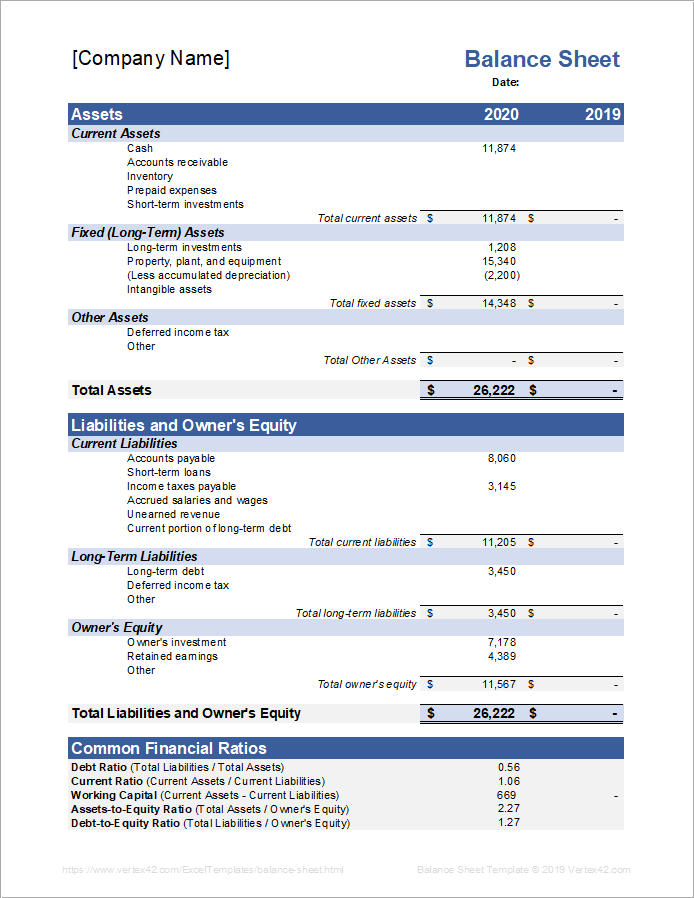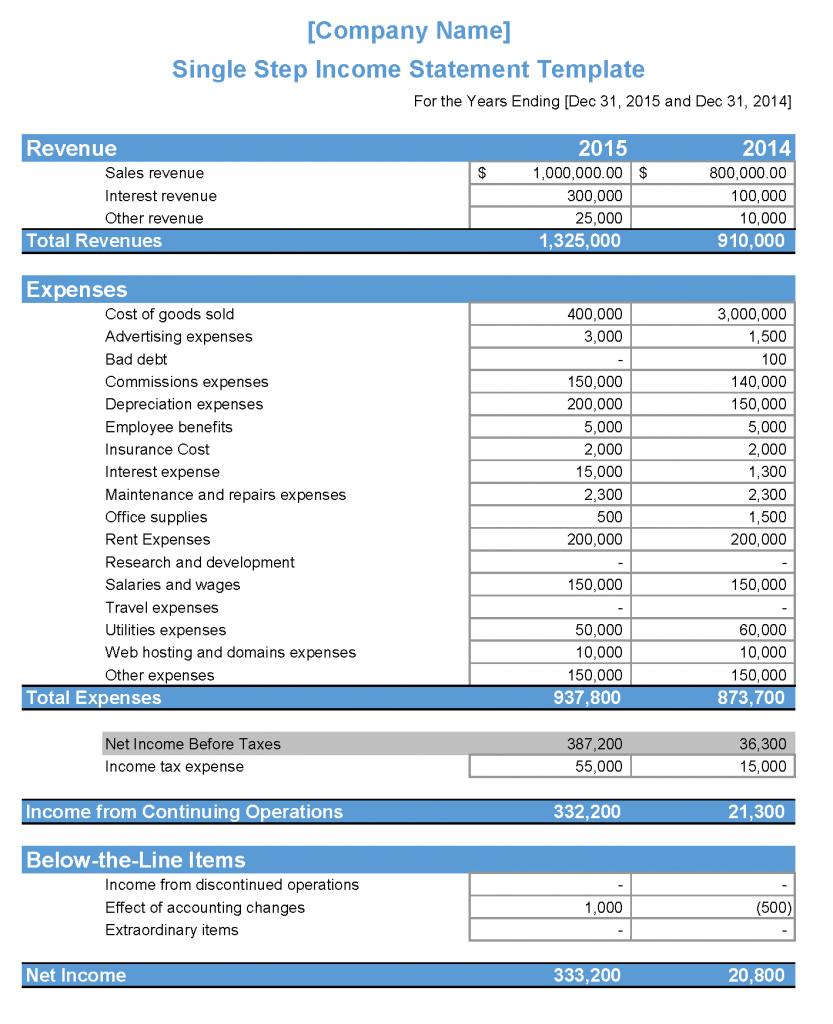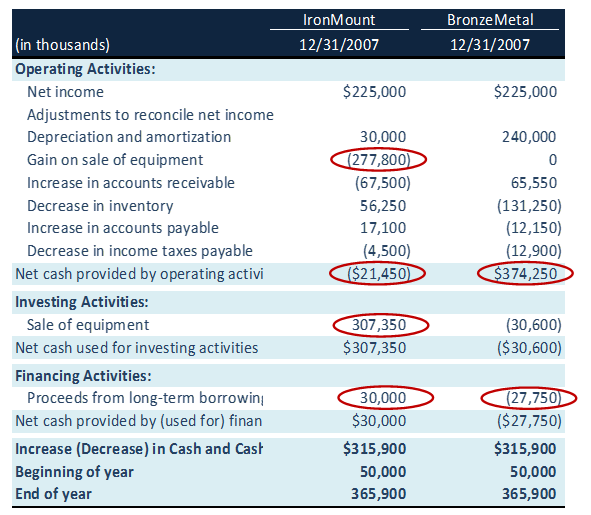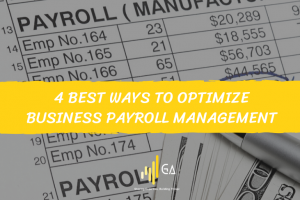Hotline:
+84 934241168Business owners have a lot to deal with, from marketing to sales to managing employees. Often, keeping track of finances is the task that gets the least attention. It doesn’t help that accounting (the process of recording and summarizing financial information, a.k.a the money your business is handling) can seem intimidating. But, it doesn’t have to be that painful and mid-numbing. The key to accounting isn’t being a math whiz with a fancy calculator. It’s getting into habit of staying organized and aware of your finances. Basically, you can create a list of accounting tasks to complete on a regular basis.
Okay, that might not sound like a fun and exciting way to spend your time. Even so, accounting is incredibly important because it can help your monitor your financial health and track how your business is doing now and in the long-term.

Accounting ensures that you have solid you have solid records that show the financial health of your business. This can help you plan your budget, make sure you have enough money to build your products, apply for a loan from a bank or other lender, and know how many sales you’ll need to make to stay in business.
An easy way to begin with accounting is to get to know the 3 basic financial reports that can help you evaluate your business’ financial health.
First, there’s the balance sheet. It’s a snapshot of your business’ financial well-being at the end of a set period. These sheets are usually produced at the end of every month and every quarter (means every 3 months). A balance sheet shows your liabilities (what you owe), assets (money in the bank and in investments as well as the worth of everything you own as a business), income, expense and capital owned by your business.

The second report is an income statement. It summarizes your business income, expenses and total costs over a set time and shows how much money you’re making and losing.

The third report is a cash flow statement, or how money comes in and out of your business accounts. A healthy business has a good amount of cash flow.

Now you can set up a schedule for when you’ll use them to finish important accounting tasks. It’s smart to plan for daily, weekly, monthly, quarterly and yearly tasks. Let’s check out each group.
A daily task is checking your cash position, which is your amount of cash compared to your pending expenses and liabilities. Cash is what fuels your business. If you’re running low on cash, it’s like driving a car with little or no fuel in the tank – at any moment everything could come to an abrupt halt. So, start your day by checking how much cash you have on hand. Yes, checking how much you expect to receive and pay during the upcoming week or month is important, too, but immediately available cash is what keeps your business running day to day.

Weekly tasks start with logging all your transactions and then documenting and filing your receipts. Record transactions (billing customers, payments,etc) weekly – or daily if you have a lot. You can use a spreadsheet, but it may be easier to use accounting software like ERP that record transactions and create reports for you. Next, document and file your receipts. Keep copies of all invoices or bills you’ve sent, payment receipts (like cash, check and credit card deposits) and payments made (like cash, check, and credit card statements). It might be tempting to take all those paper receipts and dump them in a box until tax time but unless you have a very small amount of transactions, it’s better to use separate files to organize your receipts as you get them. For example, start a vendor file sorted alphabetically. (A vendor is anyone a business pays to perform services, like a bean supplier for a coffee shop.) Also, make a file for employee payments sorted by date and a bank statement file by month. If this seems like a lot of work, here’s the good news: Many accounting software systems let you scan in paper receipts and sort them digitally so you don’t have to deal with physical files at all.
Other weekly tasks are reviewing unpaid bills, paying vendors, invoicing/billing customers and reviewing your projected cash flow. Create an “unpaid vendor” folder and keep a record of all your vendors that includes billing dates, amounts due, and payment due date. Use this to help you pay your vendors and sign checks weekly. Have enough funds set aside to pay your vendors on time. If you’re able to extend payment dates so you’re able to pay a vendor 60 or 90 days from the date they performed, it might help you manage your cash flow. You should prepare and send your invoices/ bills weekly using an invoice template that has details like payment terms, itemized charges, payment address, and definitive payment due date (usually within 30 days). Finally, review your projected cash flow once a week. Estimate how much cash you’ll need in the coming weeks or months that will leave you enough money to pay bills, employees, and vendors. To make this estimate, you’ll just need a simple cash flow statement that shows your current cash position, how much cash you expect to come in next week or month, and how much you expect to pay out in the next week or month.
Now, let’s look at monthly accounting tasks you can take from balancing your checkbook to reviewing your end-of-month profit and loss statement. Balancing your business checkbook monthly will help you make sure that all your entries are accurate, that you’re working with the right cash position, and that you can fix any errors made by you or the bank in time. The start of the month is also a good time to check who still owes you money and send out overdue invoice reminders. To stay on top of overdue payments, sort your open/ unpaid invoices by the number of days they’re past due. Next, set some time aside to analyze your inventory status each month. Recorder products that sell quickly and identify less popular products that could be marked down or removed completely. If you have employees, process and review your payments to them monthly. Check government rules and withhold, report, and deposit the right income, social security, medical and disability taxes with the right agencies in time. Also, compare your profit and loss statement to your planned monthly budget. This will show you if you’re spending too much or are on track, or even if you have more profit than you anticipated.
TIP: It’s also smart to evaluate your balance sheet. Look for numbers that are noticeably up or down an figure out why. For example, if the amount of money owed to you by customers is way up, is that because customers were slower at paying you that month or did you have a sudden increase in sales?
Along with monthly tasks, there are a couple of to-dos you can do every three months, or quarterly. Review a revised annual profits and loss statement. Evaluate how much you’re making, revenue compared to expenses, how you spend profits, trouble spots and how you can make adjustments. Also, some countries let you file income taxes quarterly. Paying smaller portions every quarter vs. 1 large sum yearly can help your cash flow. If your file quarterly, check your year-to-date profits and losses to see if you owe any tax.
Finally, add yearly tasks to your list. These include reviewing past due invoices, checking your inventory, and tax preparation. Look at significantly overdue payments and decide whether you think these customers will actually pay. If you don’t think they will, you can choose to send the past due bills to a collection agency or write them off as a tax deduction. Then review your inventory and determine the reduced value of unsold items. This is called a “write-down”, which can lead to tax deductions.

If you don’t take this step, you might overstate your inventory balance and needlessly pay extra taxes. If you have employees, make sure to fill out their tax forms that declare how much they’ve made that year. You can ask a professional accountant like GA Advisor for help with this. And last but not least, fill out your end-of-year forms. Carefully review your full-year financial reports before giving them to your accountant and compare your tax return to these reports before signing it. It’s always smart to double check your tax return for accuracy. If the government audits your business and notices you underpaid your taxes, they’ll penalize you, not your accountant.

Manage your cash to keep your business running
Basically, profit means you’ll have money in the bank, but manage cash flow means knowing when money will arrive and when you’ll have to spend it on future expenses.

How important is management accounting in the management process?
Business owners and managers are faced with countless decisions every day. There are various questions they have to answer like Where did my Profit go? What’s driving sales? What’s my staff productivity like? How is my business tracking compared to others in the industry? All information they need are provided by management accounting. Managerial accounting […]

4 best ways to optimize payroll management that business owners should know
Payday sounds exciting to the employees, but for HR or accounting team, this process can be so nerve-racking due to the complexity of payroll management.

COVID-19: Which costs should business cut down to optimize their profit?
In this week, there is news that GM, Pandora, Asian Airlines,… has fired thousands of employees which sets off the alarm of reducing staff size all over the world due to SARS-CoV2 (COVID-19). The outbreak of COVID-19 leads to bankruptcy of numerous companies, even big corp, thereby causing cost-cutting to optimize their profits and continue […]

COVID-19: Financial health beats well-being as top fear
As we enter the third month of the COVID-19 outbreak which is originated from Wuhan, Mainland China, the virus is spreading across the world quickly. It had infected more than 90,000 people all over the world. The cases which have been infected in Korea and Italy went up dramatically. Action plans from governments are quickly […]
Lasted news

